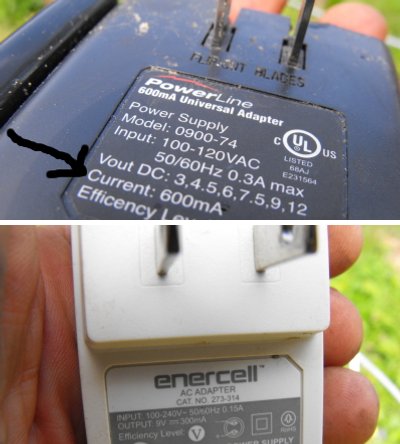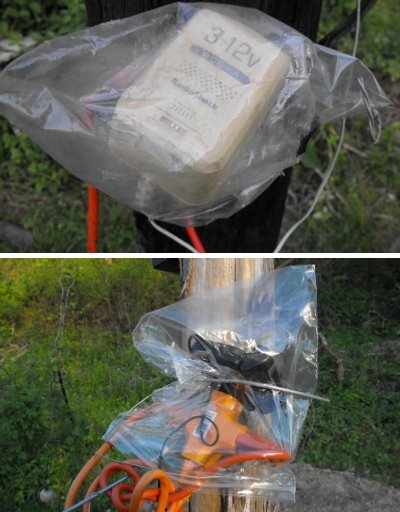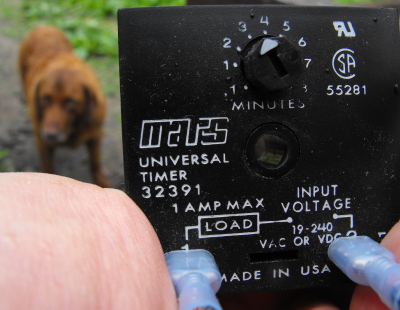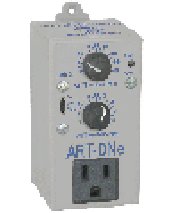 I've been reading African-American
Gardens and Yards in the Rural South --- more on the gardening
aspects of the book next week on our homestead blog --- and was intrigued to
find a section on deer deterring. The author, Richard Westmacott,
interviewed 47 gardeners in Alabama, Georgia, and South Carolina, and
discovered that deer were a big problem in most of their gardens.
The usual scare tactics were tried, most of which
didn't work. But the gardener who invented this unique method
said that it did work:
I've been reading African-American
Gardens and Yards in the Rural South --- more on the gardening
aspects of the book next week on our homestead blog --- and was intrigued to
find a section on deer deterring. The author, Richard Westmacott,
interviewed 47 gardeners in Alabama, Georgia, and South Carolina, and
discovered that deer were a big problem in most of their gardens.
The usual scare tactics were tried, most of which
didn't work. But the gardener who invented this unique method
said that it did work:
Sadie Johnson (Alabama) used rags soaked
in human urine to discourage the deer. She said it is extremely
effective. "[The deer] they'll eat the peas but I got a problem
for the deer, they can do nothing with me. I put sticks out and
saved the chamber lye over-night and I'd put them sticks around and
pour that chamber lye on old rags and they didn't bother my
crops. I'd tack the rags to the sticks so the wind wouldn't blow
them off and about every other day when I had the chamber lye, go
'round and pour it on them rags."
We've tried peeing
around the garden with little luck, but I can see how Sadie's method
makes the smell go much further. If you live out in the country
and are desperate, this method might be worth a shot!







 I've been reading
I've been reading 
